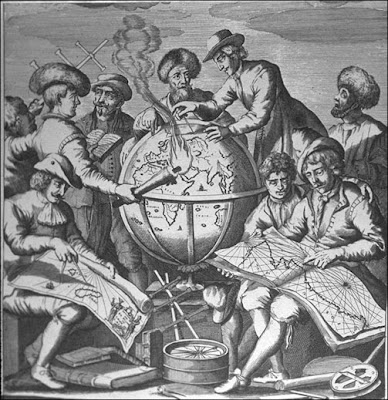The scientific era, in which we are living today, did not come accidentally, and the society faced a lot of paradigms to reach this level. It is not easy to find out the roots of the modern era. But, it will not be wrong to say that the renaissance age had sown the seeds of this era.
Prior to the renaissance age, the society was divided between distinct segments. It continued in ren-era also, but the economic difference became low. On the other hand, freedom of thoughts was welcomed. Ancient classics were ignored in the middle-ages, which again came in the limelight. Some new literature was also written by the great authors like Shakespeare. The thoughts were spread to various nations by mass publishing of the books with the help of new invention – printing press. People took a lot of interest in the art and culture. We can see the perfect example of art and culture in the clothing styles of that age. These renaissance costumes are liked by the fashion lovers of today also.
It will be significant to describe here, that this was the era of the scientific revolution. A number of great scientists and explorers were born during this period, who gave their contribution in making of the modern world. Some prominent names in this regard include Galileo, Christopher Columbus, Amerigo Vespucci, and more. There is no doubt that entire scenario was changed.
The progress did not stop with the end of the renaissance age. After a few years, the Victorian age occurred, which was another golden era for Europe. A lot of industrialization took place during that period. On the other hand, the steam engine was developed just before this era, which awakened the people’s scientific instincts. Some great novelists like H.G. Wells and Jules Verne imagined the futuristic world in their literature.
After the end of Victorian age, the development took place with a rapid speed, and we witnessed the computer age in the last two decades. The technological innovations, which were unimagined during the renaissance era, came in the picture. But, there are some things for which we still have to look back to history. Renaissance outfits can be counted among them, which have become the fashion statements for the people of the recent times. These costumes are manufactured with the addition of modern dressing styles and are becoming highly popular in the themed events of today.
You can click here to get the dresses in perfect renaissance patterns. The costumes of other communities of that era, such as pirate and peasant can also be acquired from this site.






